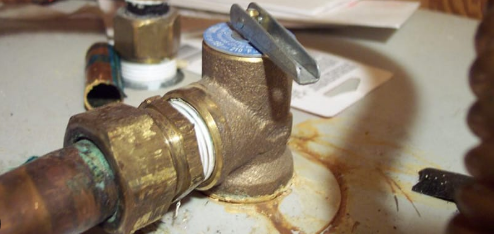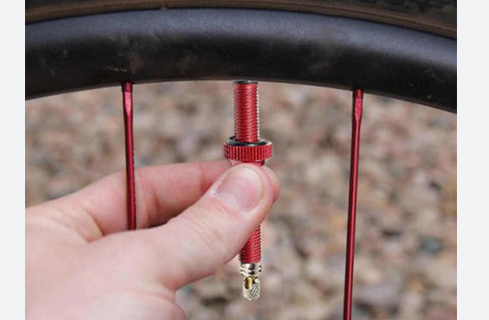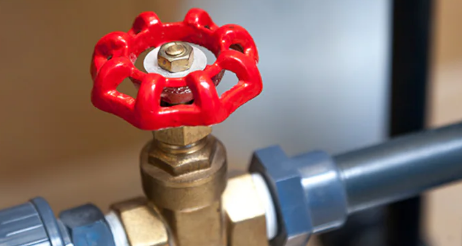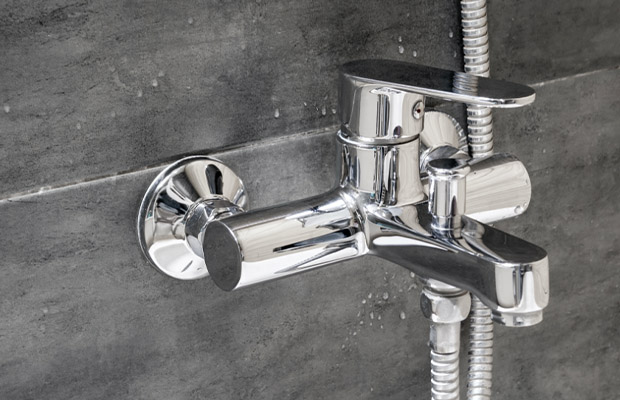
The value of having both hot and cold water in homes cannot be disputed. Everyone enjoys a relaxing, quick cold shower in the summer and a warm shower in the morning, especially during the dreadful winter months. Do you know the mixing valves for showers?
A shower mixing valve is an appliance that allows American households to use a combination of hot and cold water.
Regarding user safety, the shower valve has a lot to answer for. This control shields users from unintentional reprimands while allowing them to wash in water that is at a comfortable temperature.
Table of Contents
What Is Mixing Valves For Showers?
A shower mixing valve, not to be confused with a thermostatic mixing valve, is a control that enables users to mix hot and cold water feeds to deliver showering at a comfortable temperature.
The hot and cold water feeds are also combined by a thermostatic mixing valve (or TMV3), but this time, it happens before the hot water is delivered and is ready to be used. This is used in all commercial showers and prevents the hot feed from being scorching hot, which is a problem when water is drawn directly from the hot water storage.
How Does Mixing Valve Work?
Although shower mixing valves come in a variety of designs, a lever is the most common one. From cold to hot, the range is covered. If the lever is in the middle, the hot and cold water ratio will be approximately 50/50, with the ratio changing depending on which way you pull the lever.
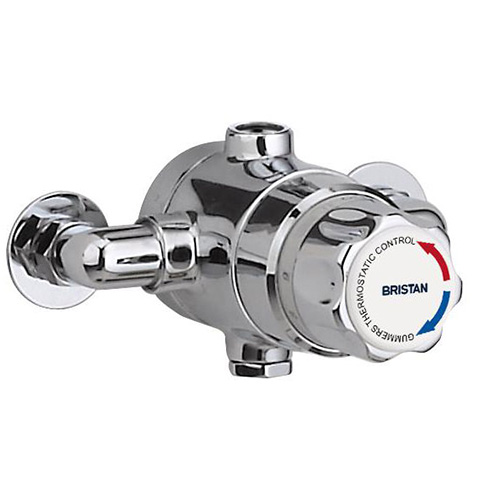
Do You Really Need A Shower Mixing Valve?
A mixing valve is necessary if you want to give your users the choice to regulate the temperature of their showers. A shower mixing valve might not be for you, however, if you only use an on/off switch to control showers at a fixed temperature. In any case, you will have a TMV3 to shield your users from reprimands, especially the young and elderly.
Different Types Of Shower Mixing Valves
Several different types of shower mixing controls will be available for your selection. In the wall, hidden mixing valves are recessed. A flush, tidy finish is produced as a result.
As an alternative, you could choose a surface-mounted shower mixing valve with exposed pipework or pipework chased into the wall. Additionally, a complete shower unit is an option. These units include the shower mixing valve, the shower head, and all necessary pipework. These devices facilitate quick and easy maintenance or replacement.
How To Identify Common Issues With Shower Mixing Valves?
With shower mixing valves, a few common problems can arise, but the majority of them can be solved by taking a few easy steps.
The water being either too hot or too cold is the first problem. If so, change the valve’s temperature setting until the desired temperature is reached.
Another common issue is when the water pressure is too high or too low. If so, change the water pressure setting on the valve until it is set at the appropriate level.
Last but not least, make sure that all of the valves are fully opened if the water flow appears to be weak. If they are not, fully open them and recheck the water flow.
Tips For Preventing Problems With Shower Mixing Valve
Applying some Teflon tape to the valve’s threads can help stop shower valve leaks from getting worse in the future. This will aid in making a watertight seal and frequently stop a leak.
Applying some pipe insulation around the valve body will stop noisy shower valves. This will assist in dampening any sound vibrations and frequently quieten a noisy valve.
It is frequently possible to repair shower valves that are operating properly by just changing the washer. It is simple to fix this issue with shower valves, which are very common. Just take out the old washer and put in the new one. To ensure a good seal, use washers that are the same size and style. After replacing the washer, you might still need to replace the shower valve entirely if the problem persists.
Signs You Need To Call A Professional Help
It might be time for a new shower mixing valve if you notice a drop in water pressure or inconsistent water temperature. Additionally, you ought to inspect the valve for leaks. A leaking valve may result in the growth of mold and can seriously harm your house.
Although replacing a shower mixing valve is a relatively simple process, it is always best to have a professional plumber handle the task for you. As a result, the task will be completed correctly and without leaks.
In the long run, you will save money by avoiding costly leaks and damage to your home by hiring a professional to install your new shower mixing valve, which may cost more upfront.

